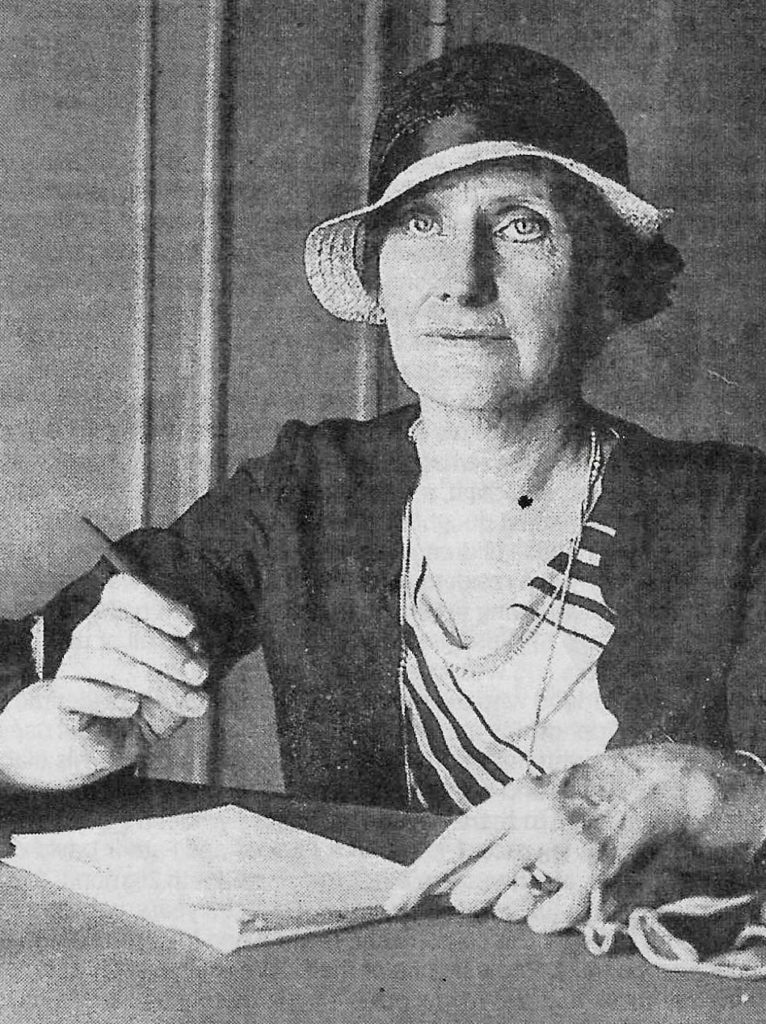
Thirteen thousand years ago, prehistoric human habitation lived in the region of Wyoming. Evidence from Yellowstone National Park tells us that there was a vast trading network of 1,000 years ago. The Union Pacific Railroad played a central role in the European settlement of this area.
Wyoming became a U.S. territory in 1868 and became the 44th U.S. state in 1890. It was the first state to grant women the right to vote in 1869 when it was still a territory. When white explorers first came to the area, they found American Indian tribes of the Arapaho, Bannock, Blackfeet, Cheyenne, Crow, Kiowa, Sioux, Shoshone, and Ute.
The Lewis and Clark Expedition came to the area in 1807. During the 19th Century fur trappers known as mountain men came to the mountains of western Wyoming in search of beaver. In 1824 the first mountain man rendezvous was held in Wyoming. Those gatherings continued annually until 1840.The route was later known as the Oregon Trail. By 1870 half of Wyoming’s population was foreign-born in Ireland, Germany, and England.
Nellie Davis Tayloe Ross was born November 29, 1876 in St. Joseph, Mo.. The family moved to Kansas in 1884. She attended a teacher-training college for two years and taught kindergarten for four years. Two of her brothers sent her on a trip to Europe in 1896.

Submitted photo
September 11, 1902 she wed William B. Ross who served as governor of Wyoming 1923 until his death in 1924. Ross succeeded her late husband’s successor, Frank Lucas, as governor when she won a special election. She became the first female governor in the U.S. January 5, 1925.
The 1925 state census was only statistical and did not record names. June 23, 1925 a fast moving landslide near the town of Kelly, Wyoming changed the topography forever, when, in three minutes, huge rocks and debris cascaded down the north slope of Sheep Mountain.
As governor, Ross continued her late husband’s policies which called for tax cuts, government assistance for poor farmers, banking reform, and laws protecting children, women workers, and miners. She urged Wyoming to ratify pending federal amendment to prohibit child labor. She was a staunch supporter of Prohibition during the 1920s. She narrowly lost re-election in 1926.
At the Democratic National Convention she received 31 votes from 10 states for vice president on the first ballot. She gave the speech seconding Al Smith’s nomination. After the convention, she served as vice chairman of the Democratic National Committee (DNC) and as director of the DNC Women’s Division.
U.S. president Franklin D. Roosevelt appointed her as director of the U.S.. Mint May 3, 1933, making her the first woman to hold that position. She served five terms as director and retired in 1953. Ross undertook a heavy travel schedule and visited Mint facilities, making speeches to back Roosevelt and campaigned for Democratic Party candidates in Wyoming. Her reports from the field were mainly sent by telegram and were invaluable. They showed how the Mint recovered from the years of the Depression when very few coins were produced. In the mid-1930s there resumed a strong demand for coinage and led the bureau to run the mints with two, or even three, shifts.
During her later years, she wrote for various women’s magazines and traveled. Nellie Tayloe Ross died in Washington, D.C. at the age of 101.

